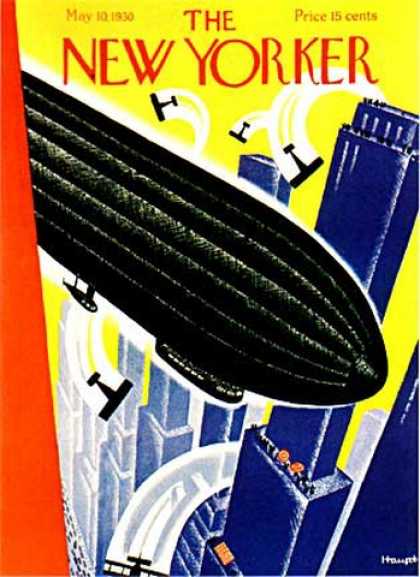
This cover disproves the disconnected urbanism article because it shows how new technology adds to a community and its culture. Amusement parks and thrill rides were a new technology in the 20s when this cover was released, and is shown as something very exciting in this cover. Even with the presence of technology, this cover shows people walking down the street, and it portrays a rich culture.
This cover shows a new technology that was very prevalent in the 30s, which was the zeppelin. I think that having the zeppelin shown in a large city positively portrays technology, because even though the zeppelin takes up a lot of space on the cover, older things like biplanes and communities on the streets are still shown.
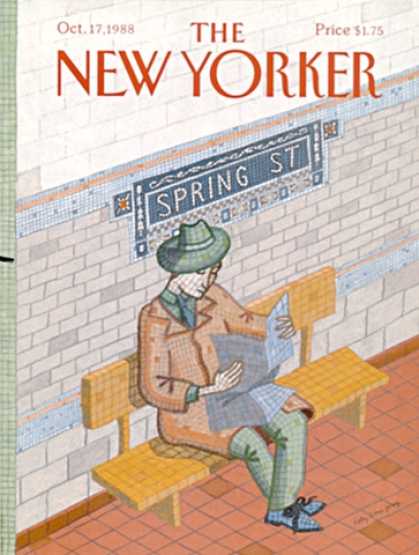 This cover shows less of a positive view on technology, and focuses more on a loss of self. The subway was a breakthrough in technology, and this cover shows a man blending into the walls of the subway station. This gives a sense that the person isn't a person anymore, but is becoming technology.
This cover shows less of a positive view on technology, and focuses more on a loss of self. The subway was a breakthrough in technology, and this cover shows a man blending into the walls of the subway station. This gives a sense that the person isn't a person anymore, but is becoming technology.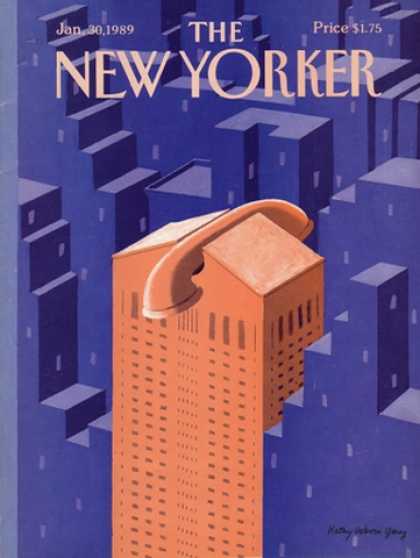 This cover is also a negative view of technology by saying that technology isn't just a piece of the city anymore, rather the city is becoming technologically dependent. By showing a building as a telephone the artist is clearly trying to say that phones are taking over city life.
This cover is also a negative view of technology by saying that technology isn't just a piece of the city anymore, rather the city is becoming technologically dependent. By showing a building as a telephone the artist is clearly trying to say that phones are taking over city life.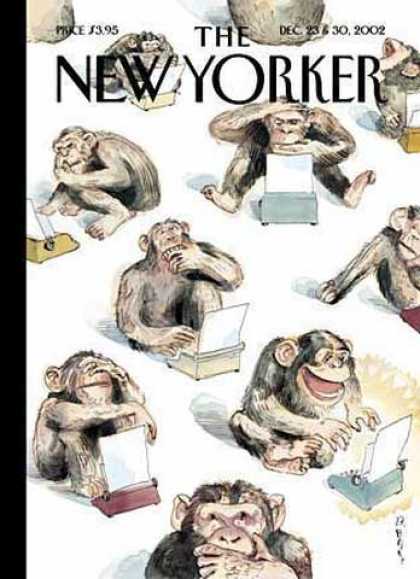 This cover is even more negative than the previous because it is making fun of humans who use technology. By insinuating that even a monkey could use these things, the artist is making technology seem less significant. This portrays the humans who use it as losing their humanity.
This cover is even more negative than the previous because it is making fun of humans who use technology. By insinuating that even a monkey could use these things, the artist is making technology seem less significant. This portrays the humans who use it as losing their humanity.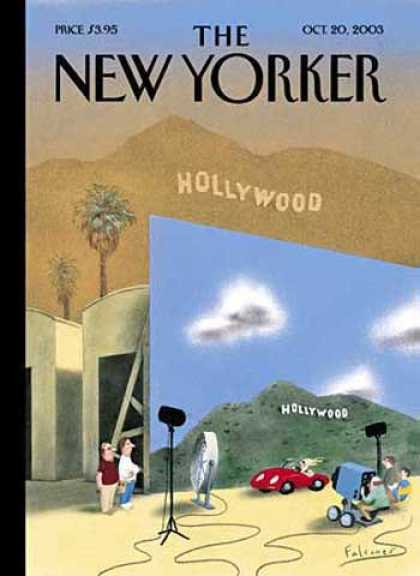 This final cover makes the argument that technology changes everything now, even if it is unnecessary. It also shows how using technology to enhance things makes the real world seem less great.
This final cover makes the argument that technology changes everything now, even if it is unnecessary. It also shows how using technology to enhance things makes the real world seem less great.

I think you have interesting material to work with here: keeping in mind the Disconnected thesis, it would be interesting to frame a narrative of from these covers, perhaps beginning with the amusement park/community....Perhaps begin with that to think about how you want to set up the engagement with Disconnected urbanism--what issue do you want to center on in linking the 3?
ReplyDelete